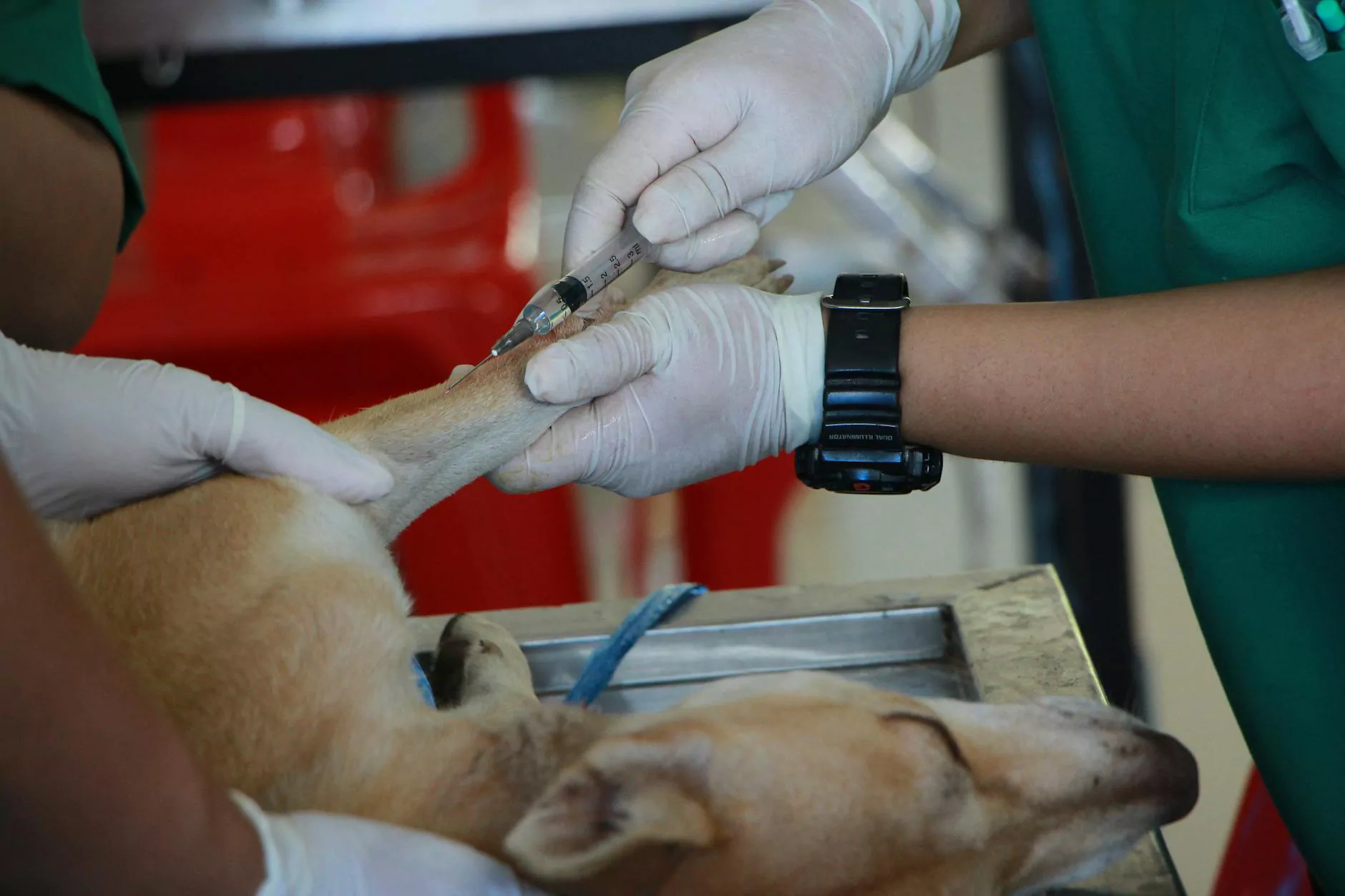Understanding Small Pneumothorax Treatment: Your Essential Guide

What is Small Pneumothorax?
A small pneumothorax occurs when air leaks into the space between the lung and the chest wall, causing partial collapse of the lung. This condition can happen spontaneously or may be triggered by injury or certain medical procedures. Small pneumothoraxes are generally less severe than their larger counterparts but still require prompt attention and appropriate management to ensure full recovery.
Symptoms of Small Pneumothorax
Recognizing the symptoms of a small pneumothorax is essential for timely intervention. Common signs include:
- Sudden sharp chest pain: This pain may worsen with deep breathing, coughing, or movement.
- Shortness of breath: Patients might experience difficulty breathing or a feeling of tightness in the chest.
- Cough: A dry cough may occasionally accompany the condition.
- Fatigue: General tiredness and weakness can occur as the body struggles to get adequate oxygen.
How is Small Pneumothorax Diagnosed?
Diagnosing a small pneumothorax typically involves a combination of physical examinations and imaging tests. Medical professionals at Neumark Surgery employ the following methods:
- Physical Examination: Doctors will listen for abnormal lung sounds and assess any symptoms present upon examination.
- Chest X-ray: This imaging test is commonly used to visualize any air pockets in the pleural space.
- CT Scan: In more complex cases, a CT scan may be used for a more detailed view of the chest cavity.
Treatment Options for Small Pneumothorax
Once diagnosed, treatment for small pneumothorax can often be conservative. The approach to care primarily focuses on allowing the body to reabsorb the air and restore normal lung function. Here are the primary small pneumothorax treatment options:
1. Observation and Rest
For small pneumothoraxes that cause minimal symptoms, doctors may recommend a period of observation. This includes:
- Activity Modification: Patients are often advised to rest and avoid strenuous activities.
- Follow-Up Appointments: Regular check-ups to monitor lung recovery through repeat imaging.
2. Supplemental Oxygen Therapy
Oxygen therapy facilitates the absorption of air in the pleural space, speeding up recovery. This method is generally safe and well-tolerated.
3. Needle Aspiration
If the pneumothorax is larger or causing significant discomfort, needle aspiration may be performed. This procedure involves:
- Insertion of a Needle: A needle is carefully inserted into the chest cavity to remove excess air.
- Relief of Symptoms: This procedure can provide immediate relief of pressure and aid in breathing.
4. Chest Tube Placement
In cases where the pneumothorax is larger or persistent, a chest tube may be inserted. This involves:
- Insertion of a Tube: A flexible tube is placed between the ribs into the pleural space, allowing continuous drainage of air.
- Monitoring Recovery: The tube remains in place until the lung fully re-expands, often requiring hospitalization.
Prevention Strategies
Preventing a small pneumothorax involves minimizing risk factors. Consider these strategies:
- Avoid Smoking: Smoking is a significant risk factor for lung problems, including pneumothorax.
- Strengthen Lung Health: Engage in activities that promote lung health, such as breathing exercises.
- Regular Check-ups: Stay vigilant about lung health, especially if there is a history of respiratory issues.
When to Seek Immediate Medical Attention
While small pneumothoraxes can sometimes be managed conservatively, certain symptoms warrant immediate medical attention:
- Severe Chest Pain: Any agonizing pain should be evaluated without delay.
- Rapid Breathing: If breathing becomes difficult or rapid, seek emergency care.
- Signs of Shock: Symptoms such as confusion, pallor, or cold sweats indicate a need for urgent medical support.
Conclusion
Understanding the nuances of small pneumothorax treatment ensures better outcomes for patients. At Neumark Surgery, our skilled medical professionals are dedicated to providing comprehensive care tailored to individual needs. By recognizing symptoms early and following appropriate treatment protocols, individuals can effectively recover from small pneumothorax and return to their daily lives. Taking proactive measures, such as avoiding risk factors and engaging in preventive strategies, can significantly mitigate the likelihood of recurrence. Now, with the right knowledge and resources, you're better equipped to manage and understand this condition.
Contact Us for Expert Care
If you or someone you know is experiencing symptoms of a small pneumothorax, don't hesitate to reach out to Neumark Surgery. Our experienced team is here to help you navigate your health journey with compassion and expertise.









